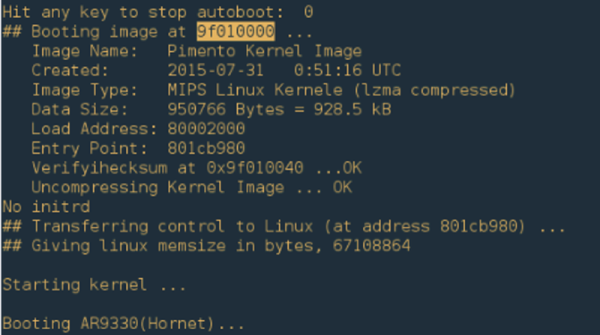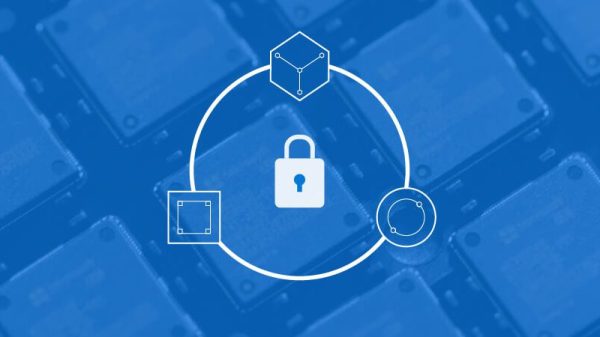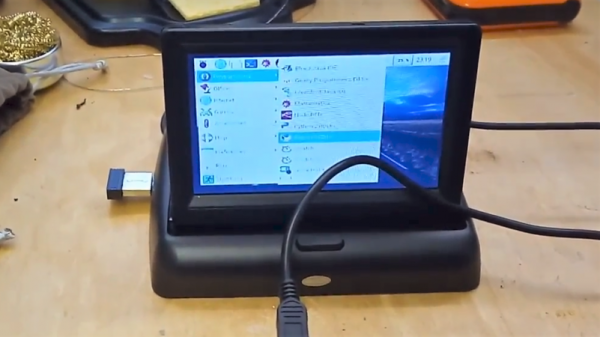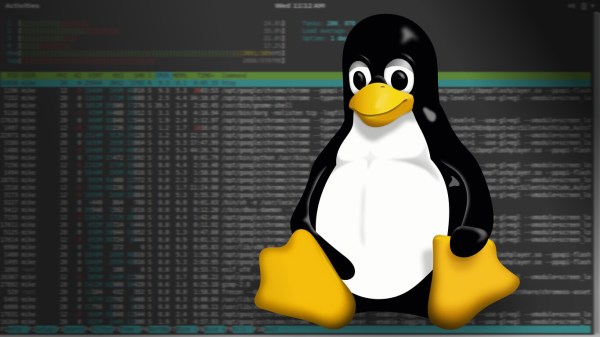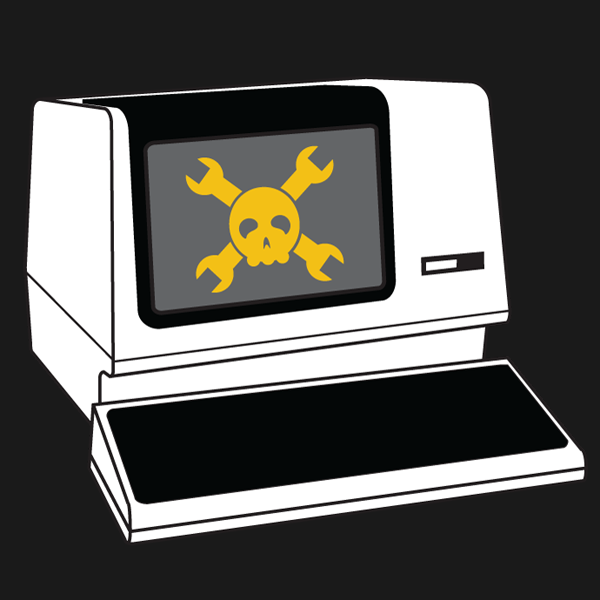Over the years, Linux (well, the operating system that is commonly known as Linux which is the Linux kernel and the GNU tools) has become much more complicated than its Unix roots. That’s inevitable, of course. However, it means old-timers get to slowly grow into new features while new people have to learn all in one gulp. A good example of this is how software is typically built on a Linux system. Fundamentally, most projects use make — a program that tries to be smart about running compiles. This was especially important when your 100 MHz CPU connected to a very slow disk drive would take a day to build a significant piece of software. On the face of it, make is pretty simple. But today, looking at a typical makefile will give you a headache, and many projects use an abstraction over make that further obscures things.
In this article, I want to show you how simple a makefile can be. If you can build a simple makefile, you’ll find they have more uses than you might think. I’m going to focus on C, but only because that’s sort of the least common denominator. A make file can build just about anything from a shell prompt.


